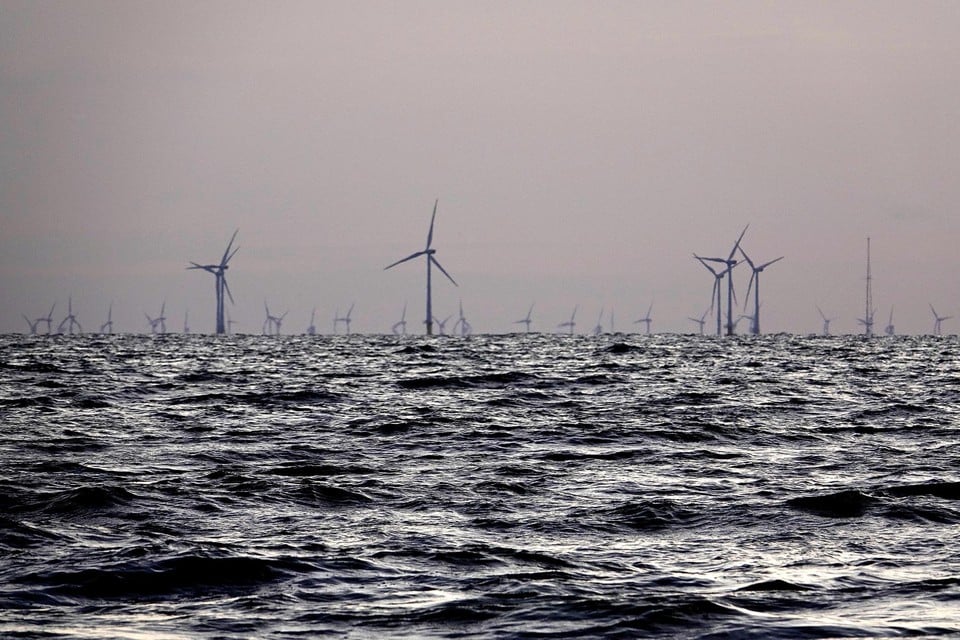Build a house in times of climate change – Diepresse.com

What will the location of the home look like in 30 years? Often flooded, much too dry or just like today?
When Idyllic wild streams suddenly swelled to threatening water flows, put houses under water last September and rinsed off cars again, once again it became clear: climate change is already taking place and also affects house owners who want to protect themselves against many eventualities for the most expensive and long -term decision of their lives. But how can this be done in view of the increasing intensity and frequency of storms, floods, but as well as temperature increases?
Flood to click
In contrast to the real estate platforms and apps in the Anglo -American region, it is still very traditional in Austria if one wants to experience the risk of natural risk in certain regions: with a danger zone plan that lies in every community. In the United States, for example, on realor.com there are interactive elements below the basic data on the real estate, which show, for example, how far the Bacherl has ever stepped over the shore at the end of the property or how great the danger is from a hurricane or tornado.
Most of the time there is also a card with the crime statistics of the surrounding area. But even these features do not depict all factors that should be considered in a long -term decision such as the construction of the home.
So where can you also find quick information for Austria that is used for the choice of location? First of all, brokers are good contacts who have to inform a lot about a lot – but they are not responsible for everything. « However, brokers have comprehensive information obligations regarding the property, but an assessment of this is certainly not covered for the next 30 years, » emphasizes Georg Flödl, President of the Austrian Association of the Real Estate Economy (ÖVI).
Knowledge of the danger zones
Basically, however, the knowledge of the respective danger zone in which there is a property is included. Such as yellow zones, in which, in contrast to red zones, can be built within certain limits, « this is associated with higher insurance and maintenance costs ». A conscientious broker will certainly take a look at the data material in terms of flooding, the ÖVI president is convinced.
If you want to find out more in this regard, you can do this at the Natural Hazard Overview & Risk Assessment (Hora) of the Federal Ministry for Climate and Environmental Protection. The information over 300, 100- and 30-year floods with regard to climate change is only significant, since they relate to the transition of water and not to the consequences of the increasing heavy rain.
This is currently being worked on in the research project « Water in Climate Change – Our Water Management 2050+ », which until the end of 2026 wants to provide a basis for optimizing flood protection measures in the coming decades.
Series: ESG and real estate
The real estate department dedicates an article to the ESG (Environmental, Social, Governance) topic every two weeks, so focus on the ecological, social and economic responsibility of construction and real estate companies in Austria. On May 10th follows the Next ESG article In print and online.
In the case of the domestic real estate platforms, too, one is now considering making the relevant information available. « We are currently considering offering that, » says Willbad managing director Sylvia Dellantonio. So far, however, there has been little demand. New features such as the Shadow map, with which you can display the course of the sunlight in an object, would have caused significantly more enthusiasm.
« Perhaps the effects of climate change are not yet perceived extremely enough, » says Dellantonio. In addition, the weather phenomena such as heavy rain or thunderstorms in the recent past have often not been limited to special regions, which made a representation more difficult.
Hardly any topic among buyers
The demand for this data has also been manageable for the ÖVI. « Symptomatic for the topic is whether there is air conditioning, but that’s not the core of the poodle, » says Flödl. Depending on the asset class, however, the energy certificate is requested and the energy source is questioned – i.e. factors that can contribute to reducing climate change. The consequences, if that does not succeed, have so far hardly been an issue among real estate buyers.
Not always user -friendly, but the following websites are informative: fire.boku.ac.at/firedb/de informed about forest fires, unerneklimapolitics.at/wp About climate policy of cities and municipalities, Dangerzonenplan.at About the role of such plans in spatial planning. Information about floods, earthquakes, weather, lightning, hail and wind can be found on the address at Hora: hora.gv.at.








